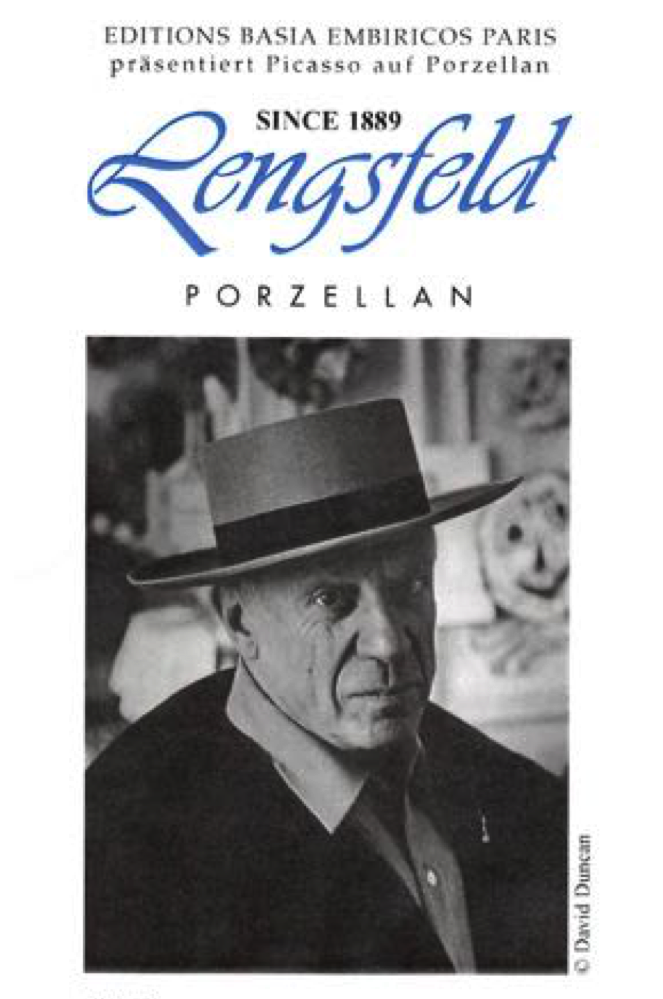Design
Design of tableware and porcelain decorations

Porcelain brands like to decorate themselves with decors of famous artists, fashion designers and designers. The picture above shows the collection "Pablo Picasso" from the Holst collection from 1998, produced at that time by Porzellanmanufaktur Lengsfeld Rhön Thüringen. For this "jewelry" with world-famous artists and designers, the porcelain factories used to spend a fortune. There were two ways of charging for this.
- The porcelain factory buys the decor with all rights by one-time payment
- The porcelain factory pays the designer a commission based on the sales volume
Often the license fees for a porcelain decoration took on unimaginable dimensions. The better known the designer, the higher his advertising effectiveness and the more the porcelain factories had to pay for it. One of the great inventors of the royalty payment was Philipp Rosenthal at that time, who was able to bring together Björn Wiimblad, Alan Whittaker, Karl Lagerfeld and many others in his collection at the same time. This was one of the great recipes for success of this well-known porcelain brand between 1968 and 1982.
But Rosenthal Porzellan has shown, among other things with its bankruptcy, that this type of design and development costs never lead to an amortization and that the fees are to be paid for life. Nowadays, designers play only a minor role in porcelain brands, especially since many famous names have matured into a brand themselves and turned the tables. Labels such as Hermes, Chopard, Laura Ashley, Gucci and many others now sell their own tableware and occasionally use competent partners like Holst Porzellan/Germany.
